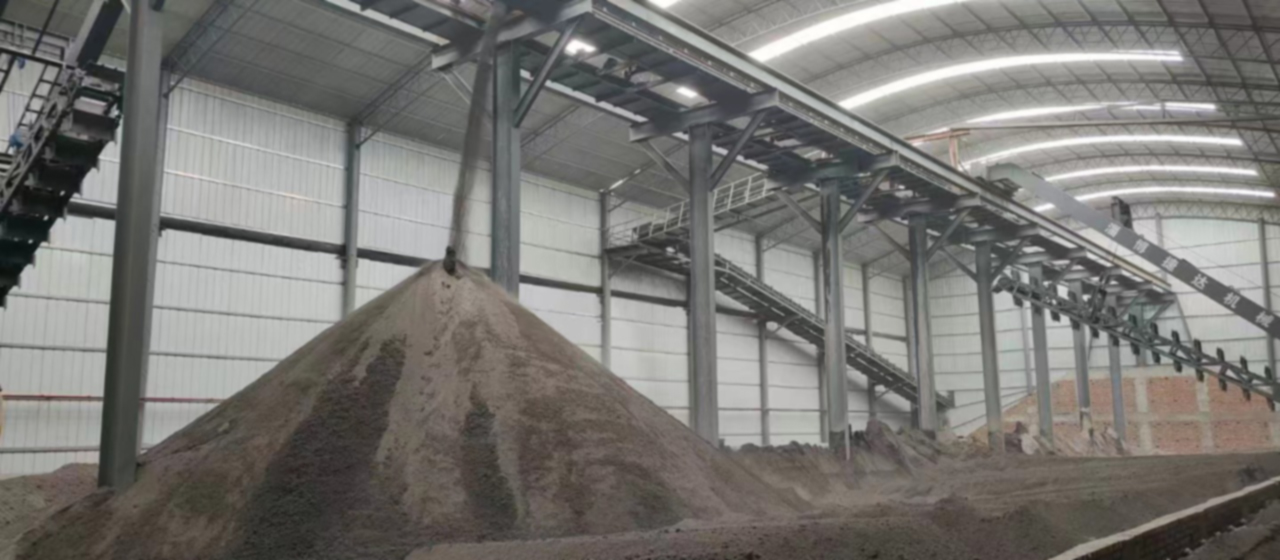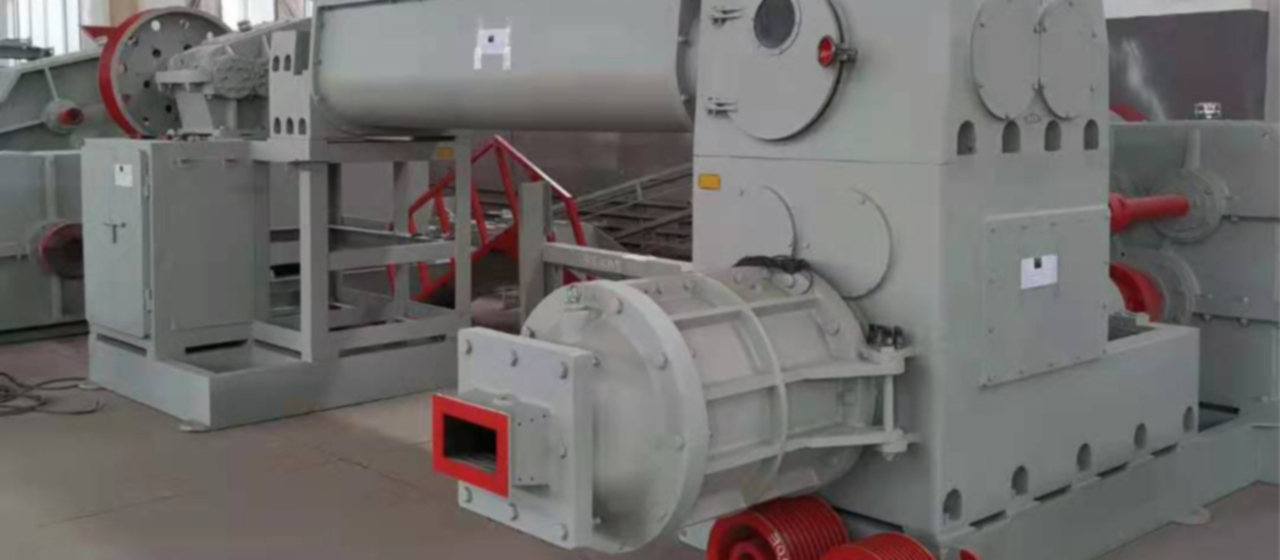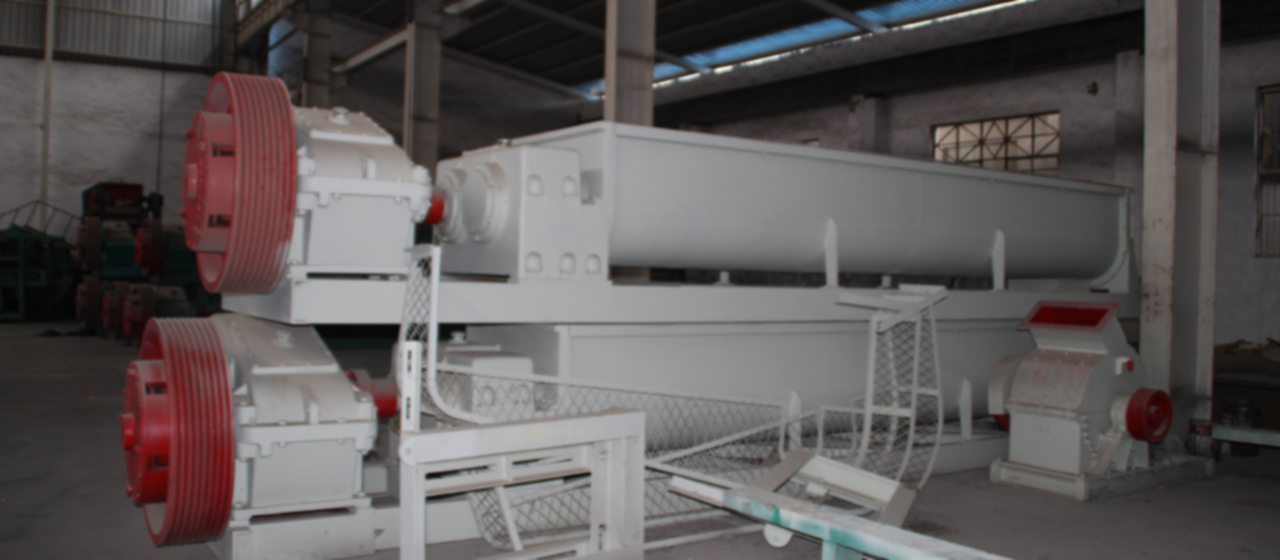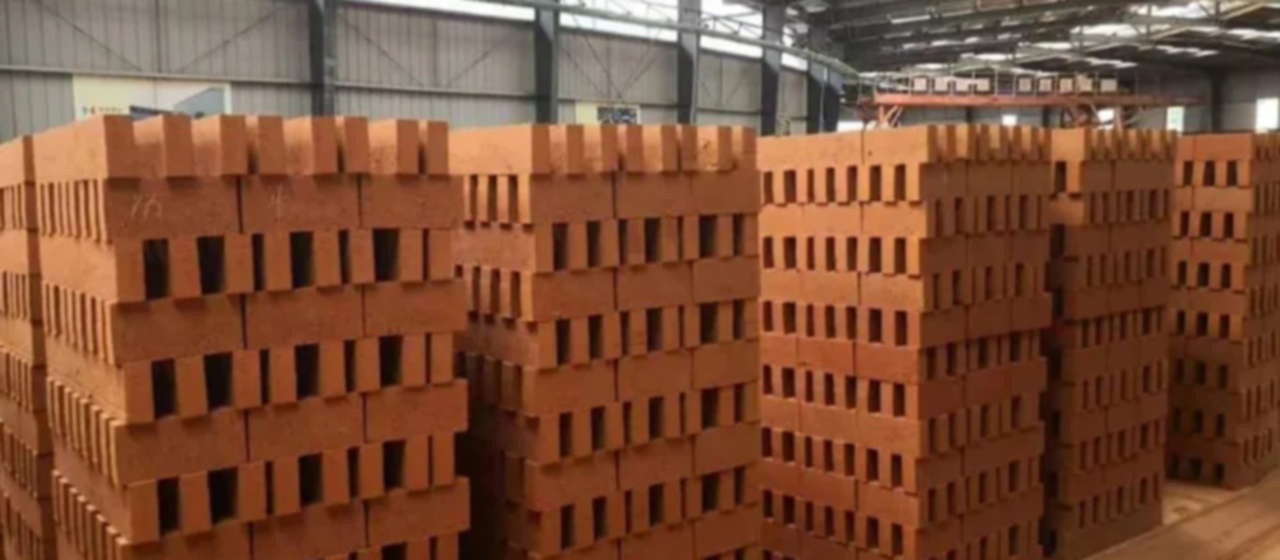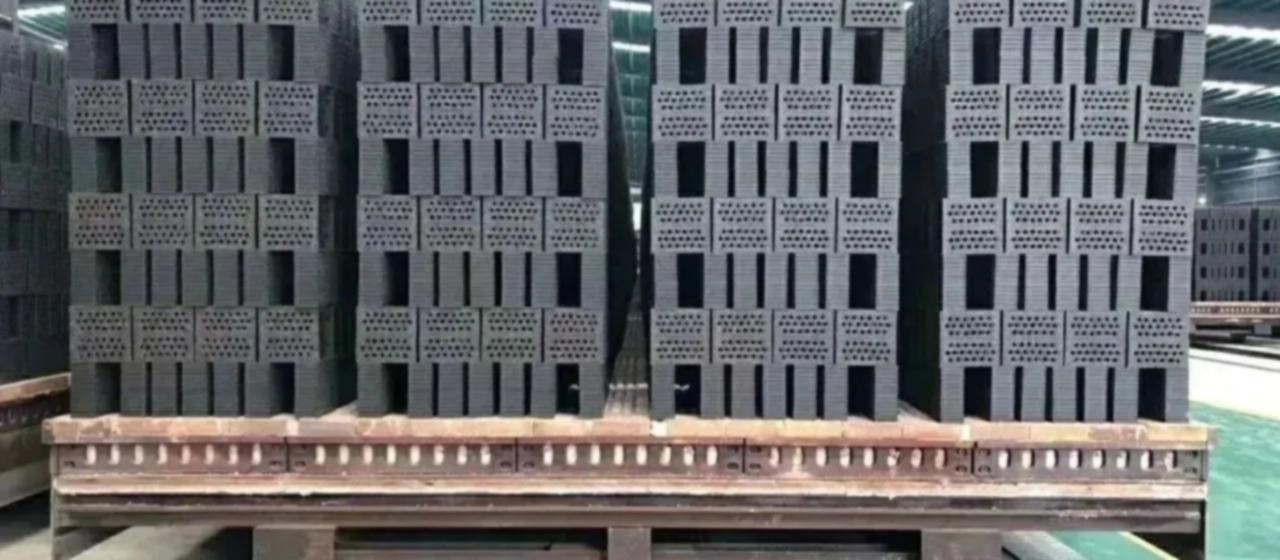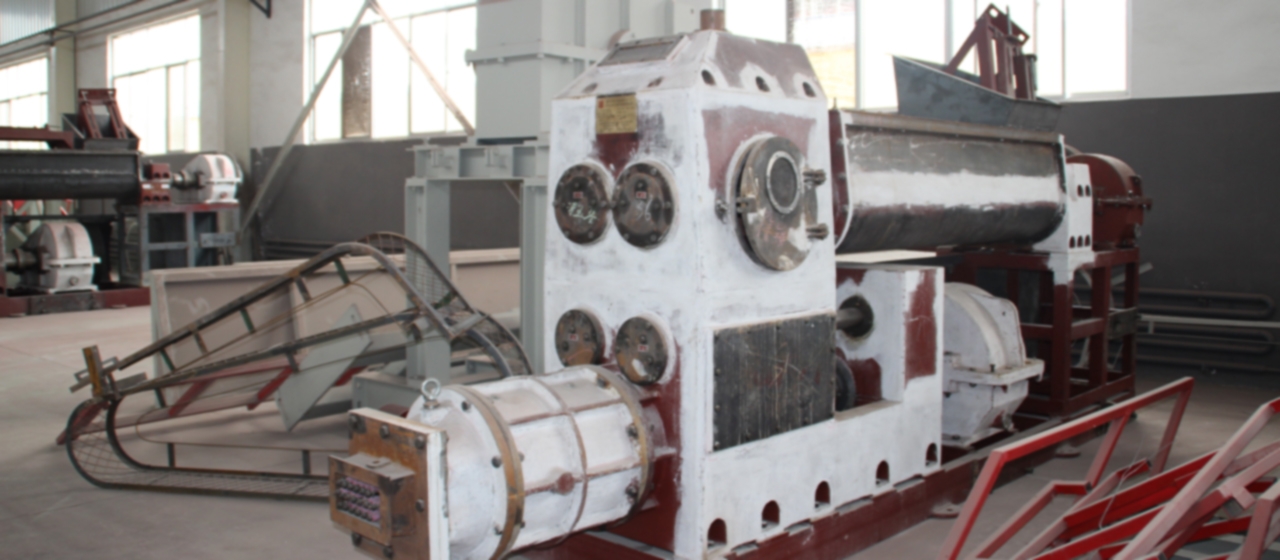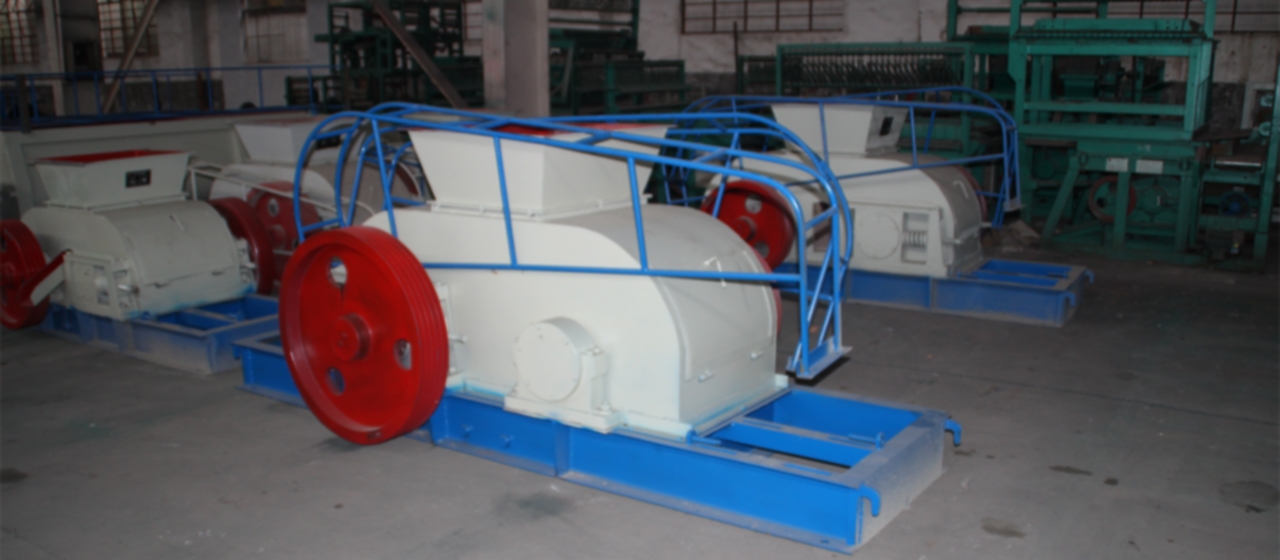the raw materials for brick making raw materials china
the raw materials for brick making raw materials china

As the raw materials for brick making are mostly silico Aluminate raw materials, the chemical components mainly include silicon dioxide (SiO2) and trioxide
Aluminum oxide (Al2O3). In addition, according to different generation conditions, it also contains a small amount of alkali metal and alkaline earth metal oxides, such as Calcium oxide (CaO), magnesium oxide (MgO), Sodium oxide (Na2O), Potassium oxide (K2O), etc. Requirements for the main chemical composition of raw materials: silica (SiO2) is required to be within the range of 45% to 70%, and rock debris from the three regions is required to be within the range of 59.04% to 62.94% (see Table 1); The required range for aluminum oxide (Al2O3) is between 10% and 20%, and for rock debris from the three sites is between 11.69% and 14.02%; The required range of Fe2O3 is 3% to 10%, and the rock debris in the three regions is 3.68% to 4.66%; The required range of Calcium oxide (CaO) is below 15%, and the rock cuttings in three places are 5.85%~6.66%; The required range of magnesium oxide (MgO) is below 5%, and the rock debris in the three regions ranges from 1.79% to 1.89%; Sulfur trioxide (SO3) is required to be less than 3%, and rock cuttings in three places are 0.25%~0.35%; The loss on ignition is less than 15%, and the rock debris in the three areas ranges from 6.10% to 7.95%. From the table, it can be seen that all chemical components meet the requirements for brick making. The high content of Calcium oxide (CaO), a harmful component, is 6.66%, which will not cause “lime cracking” of the product; The high content of Sulfur trioxide (SO3) is only 0.35%, which will not affect the burning of products.
Several compounds, such as Fe2O3, CaO, K2O, Na2O, and MgO, in the raw materials of drilling cuttings can act as co solvents during the roasting of bricks, but their manifestations and functions are different. Fe2O3 is a colorant during the roasting process, and its content can cause color changes in sintered brick products. It exists in the form of High-valent iron in the roasting oxidation atmosphere, and the products are red at a certain content, while in the reduction atmosphere, the iron oxide is reduced to low valence iron, and the sintered brick products are black or blue, which is one of them; The second is a flux used during the roasting process, which can reduce the fire resistance of sintered bricks in a reducing atmosphere, but is not obvious in an oxidizing atmosphere; Thirdly, large particles of iron oxide will show brown or black spots on the surface of sintered bricks. Therefore, the content of drilling cuttings is appropriate. CaO is a co solvent. When the CaO particles in drilling cuttings are less than 1mm, they will not form sintered brick lime burst. However, it is necessary to prevent the mixing of large particles of CaO. Even if the content is less than 6%, it will cause sintered brick burst, which should be taken seriously. K2O and Na2O mainly act as co solvents in the roasting of sintered brick products and can improve the strength of the bricks. These two compounds can reduce the moisture content of wet forming. If drilling rock is used to produce wall and floor tiles, the solubilization effect is more obvious when the content of K2O and Na2O is slightly high, and the density and strength of the tiles will be higher. MgO magnesium oxide also plays a role as a solvent in fired products, and will also reduce the refractoriness of products, but not as obvious as Calcium oxide. Magnesium oxide is mainly found in Magnesite (MgCO3), magnesium sulfate (MgSO4) and dolomite (MgCa (CO3) 2) as raw materials for brick making. Magnesium sulfate is a harmful component, which will form hoarfrost, expand in volume and damage brick products. Other Magnesium compounds are not harmful. They will not be damaged during heating and roasting or the product itself, but will produce various liquid phases to make the product more dense. SO3 is a harmful component that can escape during the roasting process, causing the sintered product to expand and potentially generate bubbles. Other sulfur-containing compounds are also harmful to sintered brick and tile products, such as calcium sulfate, magnesium sulfate, etc., which can also cause whitening, frost, and swelling of sintered brick and tile products. Therefore, the fewer sulfur compounds, the better. Special attention should be paid to the fact that in order to meet the one-time burning process of drilling rock cuttings, it is often necessary to change the raw material properties and add coal gangue as internal fuel. However, in many regions of China, the sulfur content of coal gangue is relatively high, which not only causes product defects, but also increases the investment in desulfurization. Therefore, when determining the internal fuel, coal gangue with low sulfur content should be selected as much as possible. When the organic content is high, the drying and firing of the product may cause significant shrinkage, which may lead to cracking of the product. The porosity of the product is high, and the strength slightly decreases, but the thermal conductivity of the product is reduced. According to the above chemical composition analysis, the drilling cuttings from the three locations are similar to raw materials such as clay and shale, so there is no problem in terms of chemical composition when producing sintered bricks. Due to the mixing ratio of drilling rock debris and waste residue being over 70%, the brick making performance mainly depends on the rock debris. After adding clay, shale and other raw materials, the brick making performance will be improved. The focus is on experimental research on rock debris raw materials, and other additives are not analyzed. (see table below)

